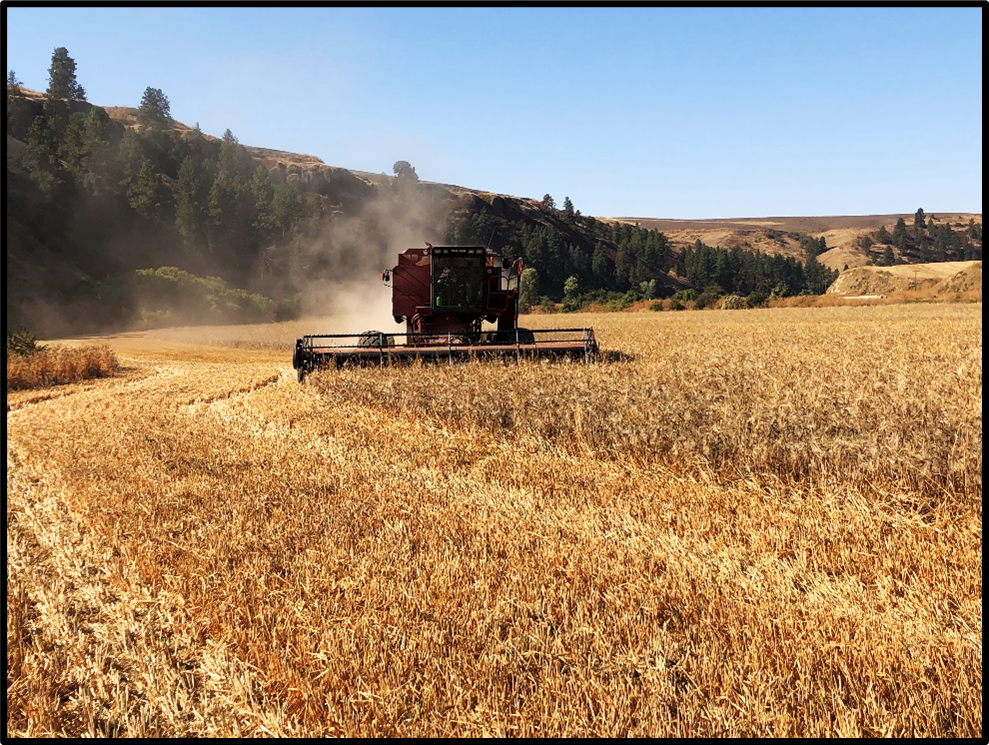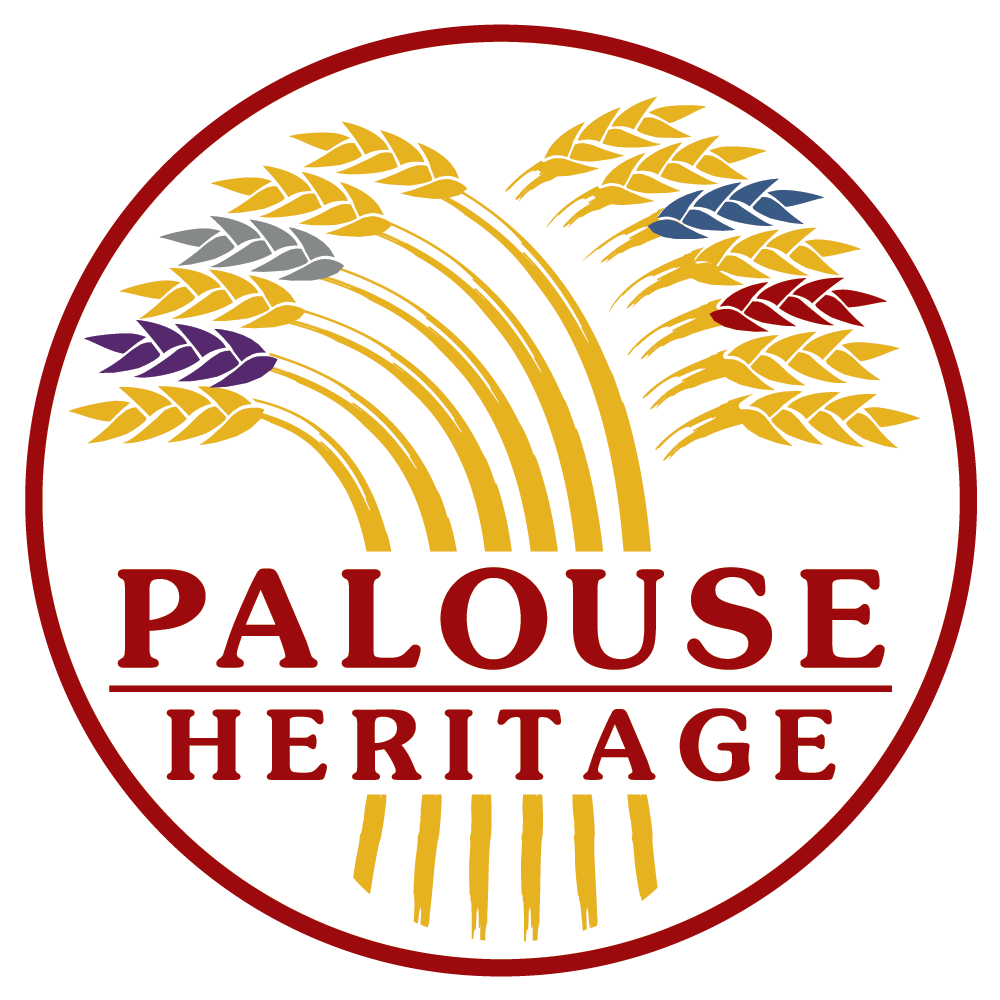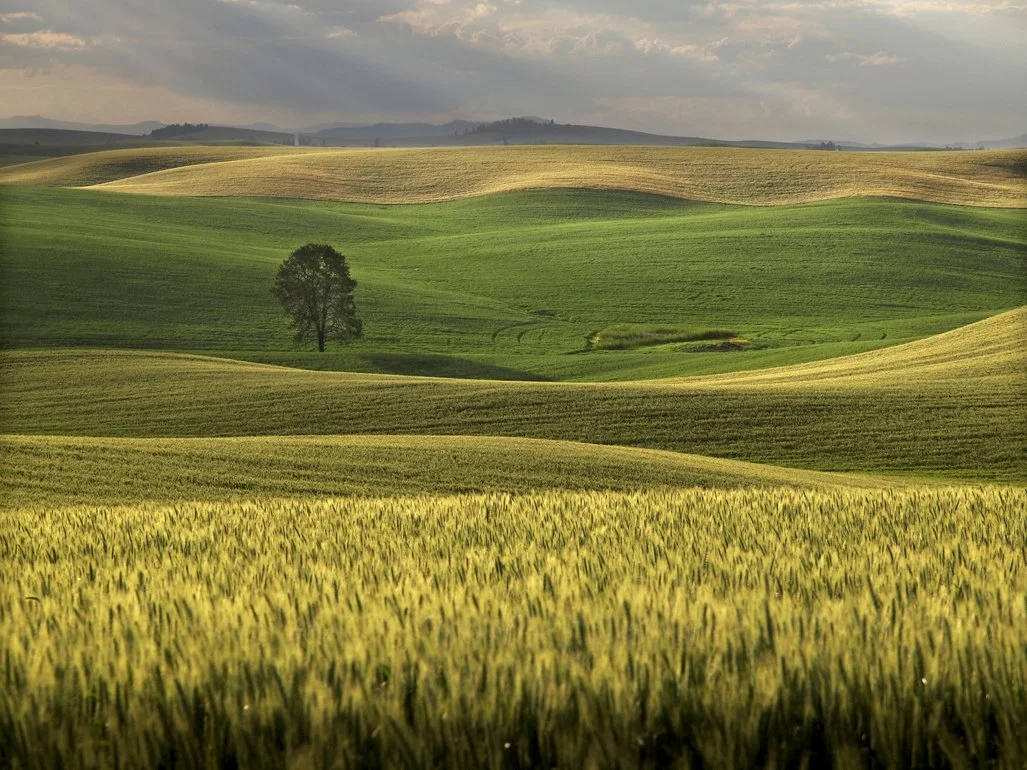
The Palouse Heritage Blog

The Incredible Benefits of Freshly Milling Your Own Flour at Home
There’s nothing quite like the aroma of freshly milled flour. For centuries, people have milled their own grain at home—transforming whole kernels into wholesome, nutrient-rich flour for their daily bread. Today, more and more home bakers, health-conscious families, and self-reliant homesteaders are rediscovering this ancient practice—and finding that it changes everything about the way they bake, eat, and feel.
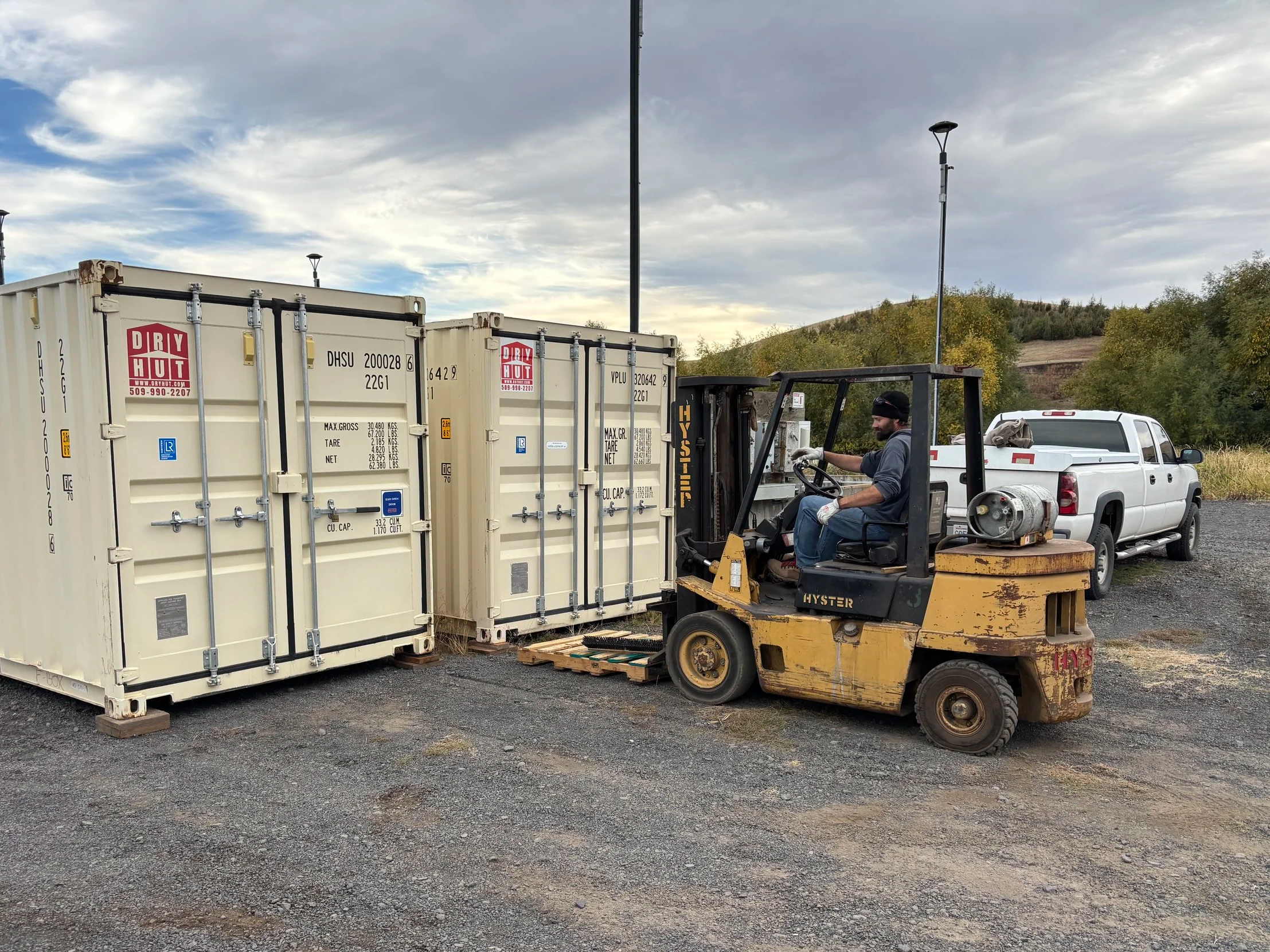
Reflections on Summer 2025
“Amateurs talk strategy. Professionals talk logistics.”
That line from General Omar Bradley has been our theme this season as we’ve refined how we store, clean, and handle heritage grains — all while deepening partnerships with organic growers across the Palouse.
Catch our latest update in this latest blog post.

Organic vs. Salmon-Safe vs. Conventional: What’s the Difference in How Grains Are Grown?
We are often asked if our grains are organic. Learn how our organic and Salmon-Safe Certified regenerative farming practices protect soil, water, and health — and why they’re a cleaner, safer alternative to conventional farming.

Pacific Northwest History Award!

30th Anniversary Edition of Palouse Country is Released!

More Supply Chain Disruptions Threaten Global Food Security

New Research Uncovers Immense Value from Old Wheat Varieties
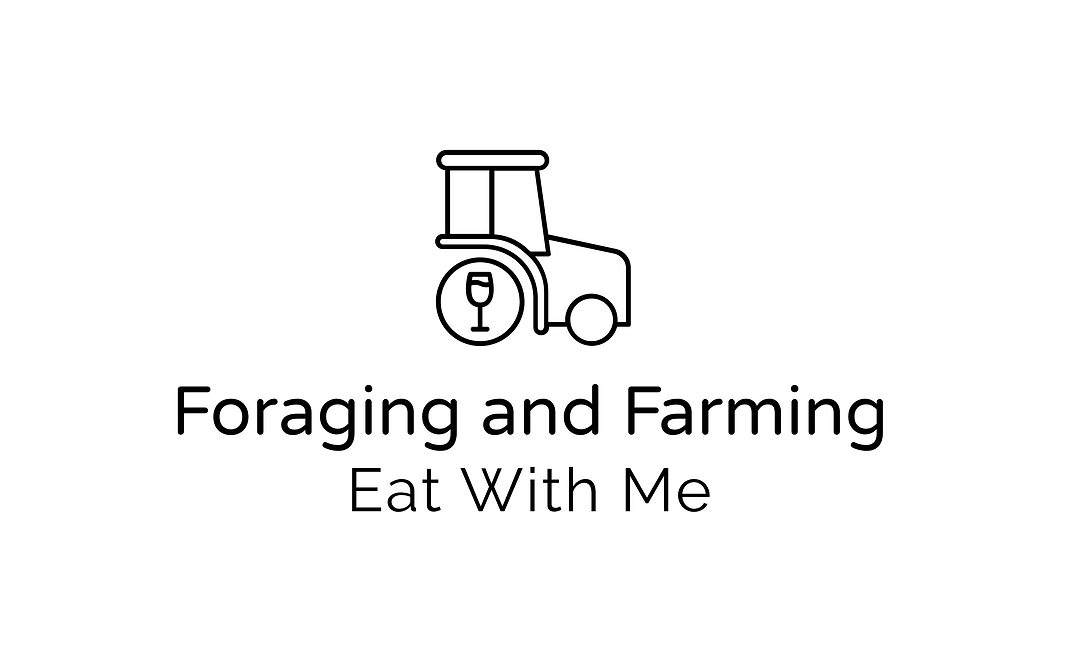
‘Grain Forward’ with Palouse Heritage Grains & The History of Grain Exploration

Heritage Grains Play an Essential Role in National and Global Security
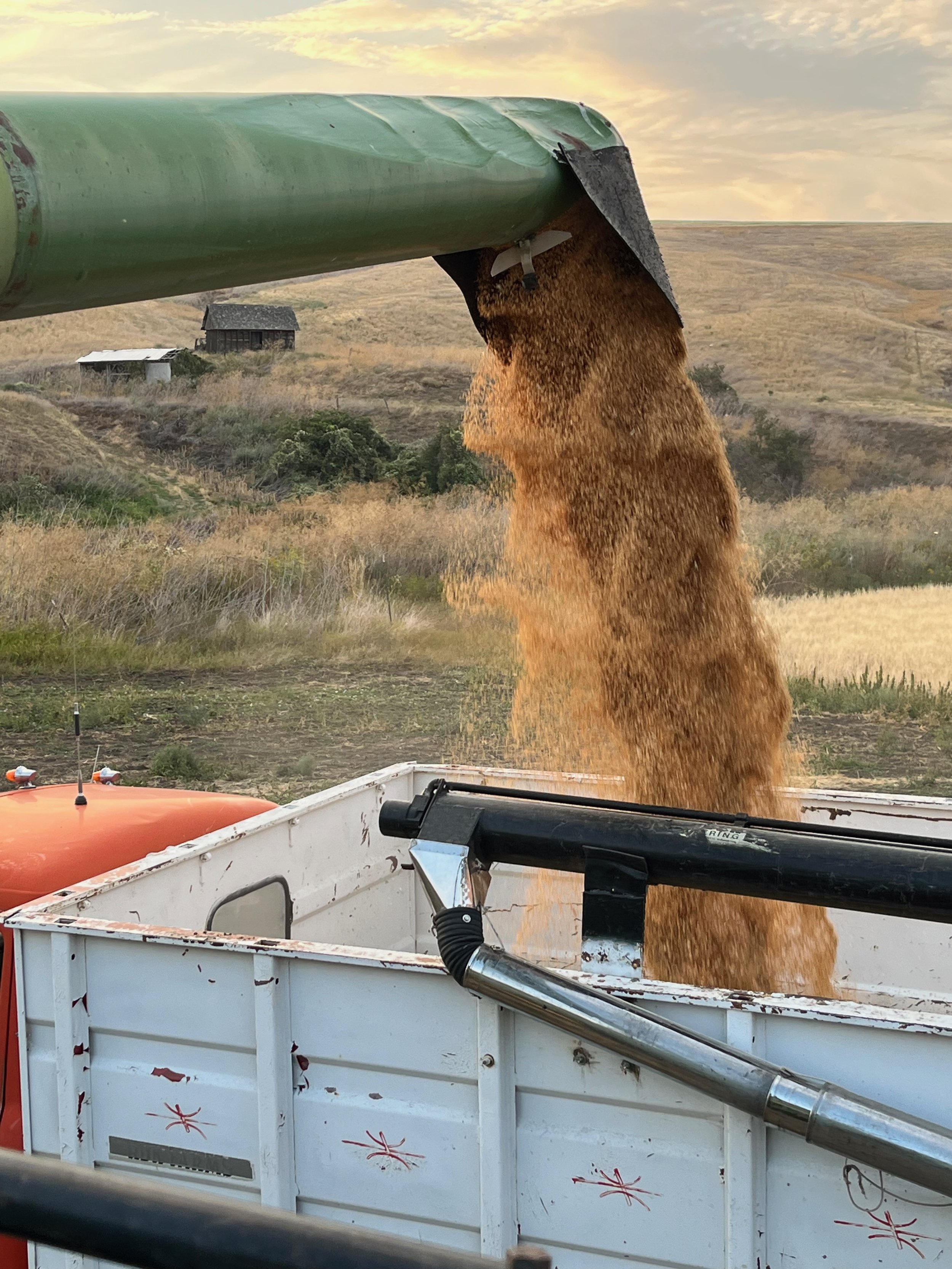
Summer Reflections
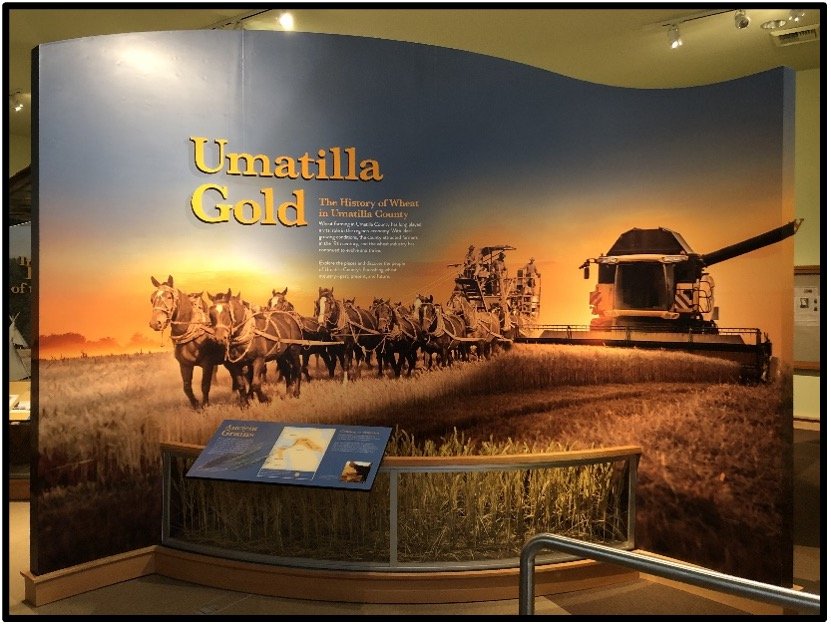
Pendleton’s Umatilla County Museum and the Runquist Brothers

Amazing Aberdeen (Idaho) and the National Cereal Grains Collection

Cyrus McCormick and the Reaper Revolution

Founding Farmer Art and Architecture

Protecting the Common Good
Determining and Affirming Values of Care
“Ancient Prayers” — Discing, Planting, Cutting

Harvests Then and Now
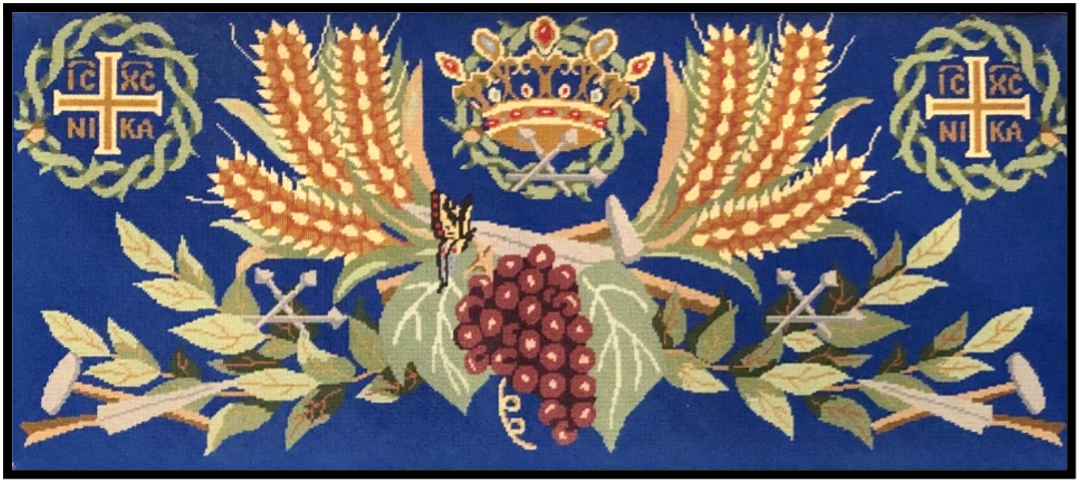
Perilous Bounty vs. Golden Wheatfields
